Struthiomimus
Name Origin
Bird Mimic (or Ostrich Mimic)
Family
Ornithomimidae
Classification
Diapsida, Saurischia, Theropoda
Habitat (Discovery Location)
United States, Canada
Period
Approximately 77 to 66 million years ago (Late Cretaceous)
Length
Approximately 4.3 meters
Weight
約150kg
Diet
Approximately 150 kilograms
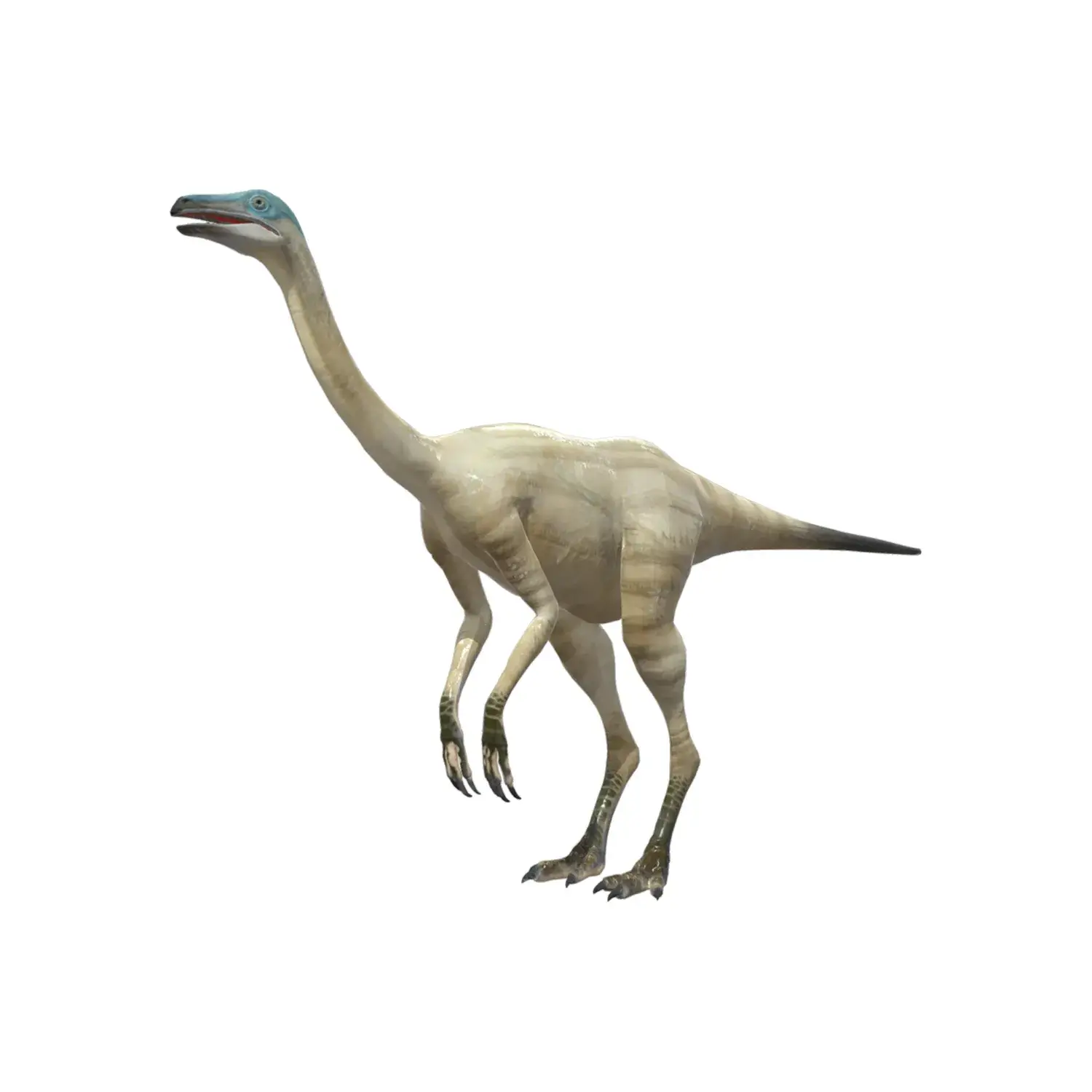
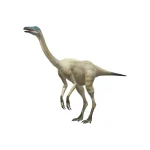
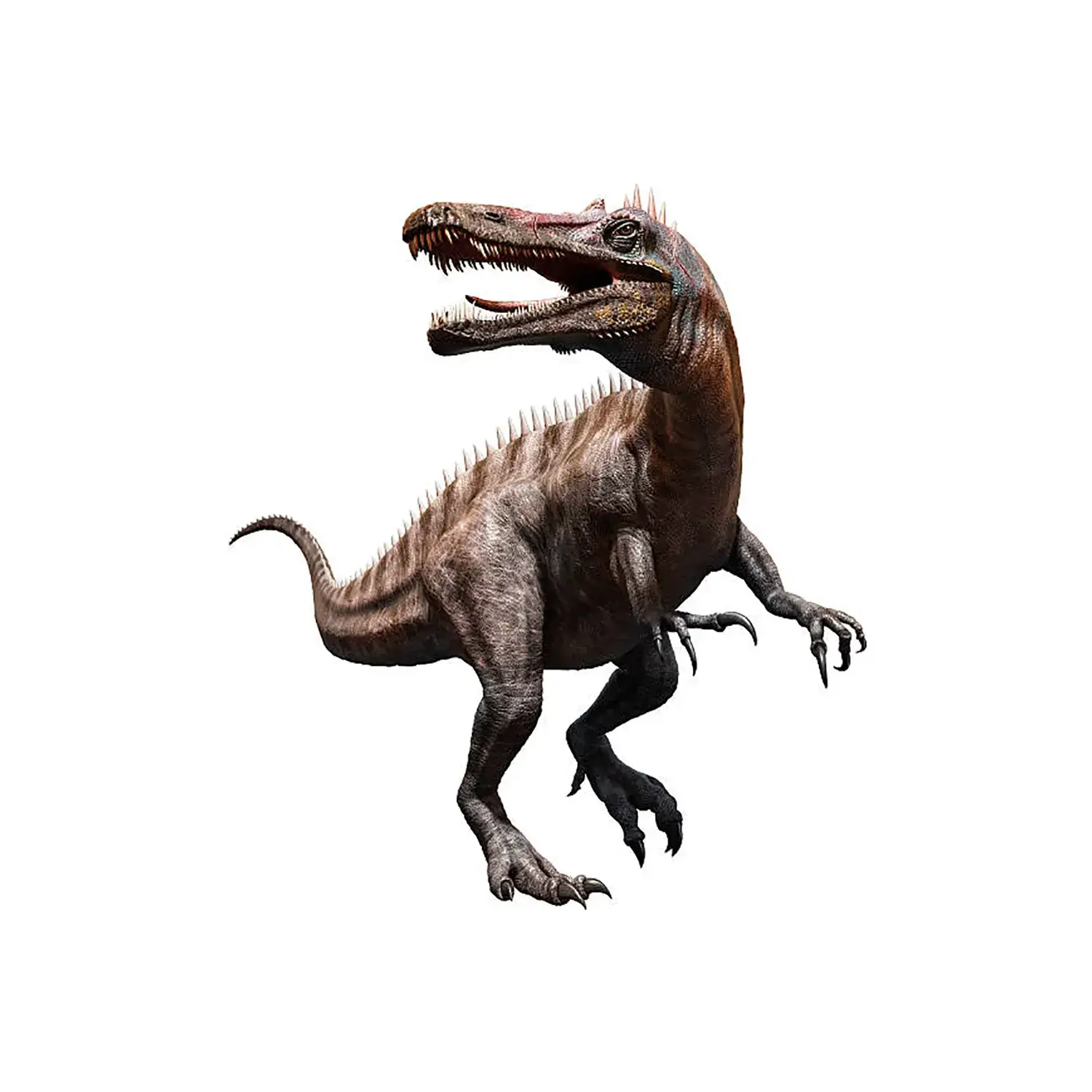

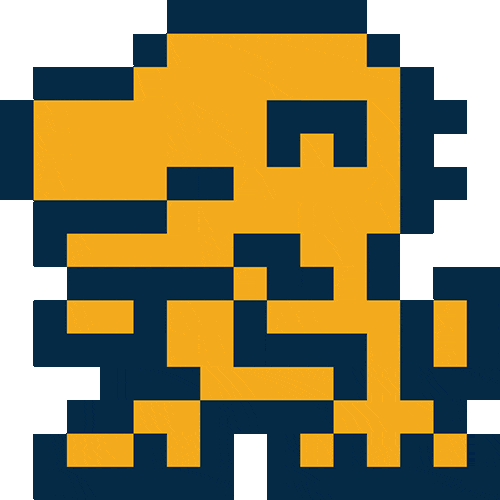
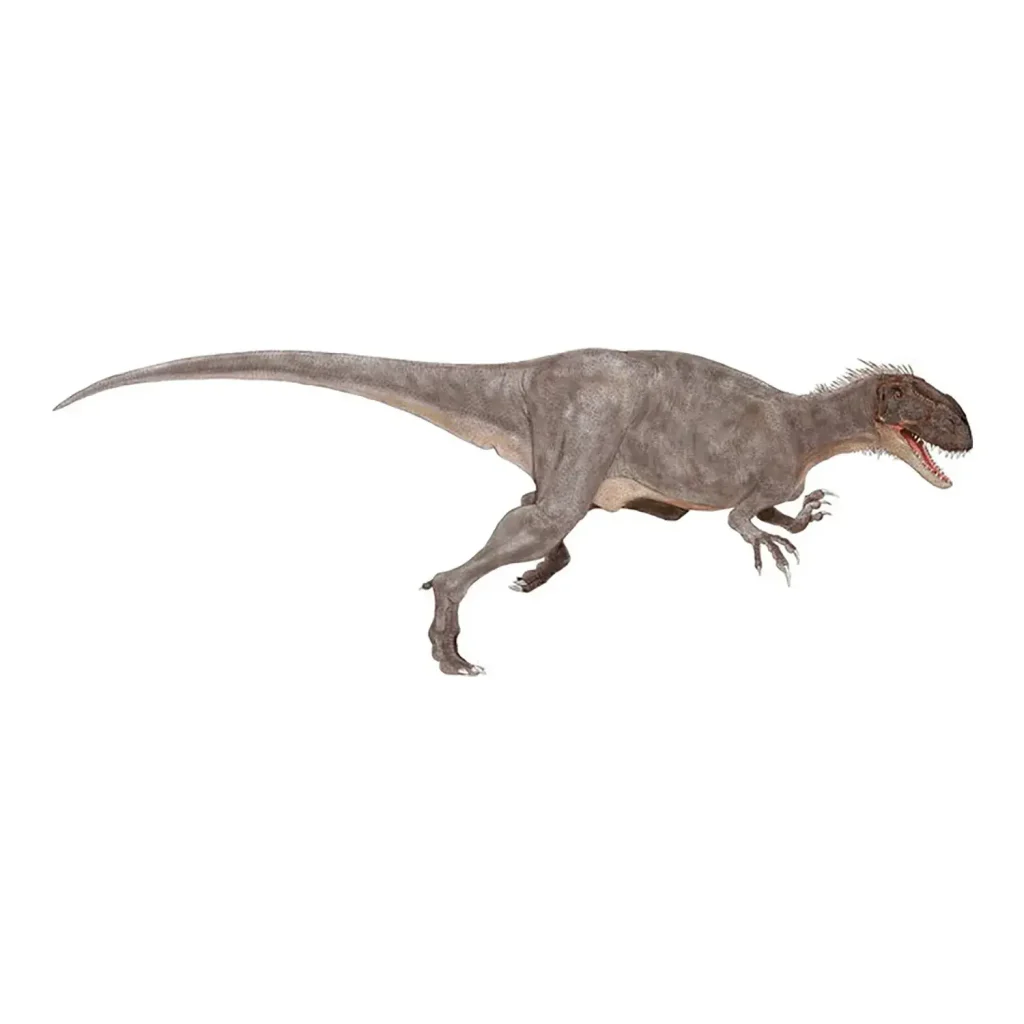
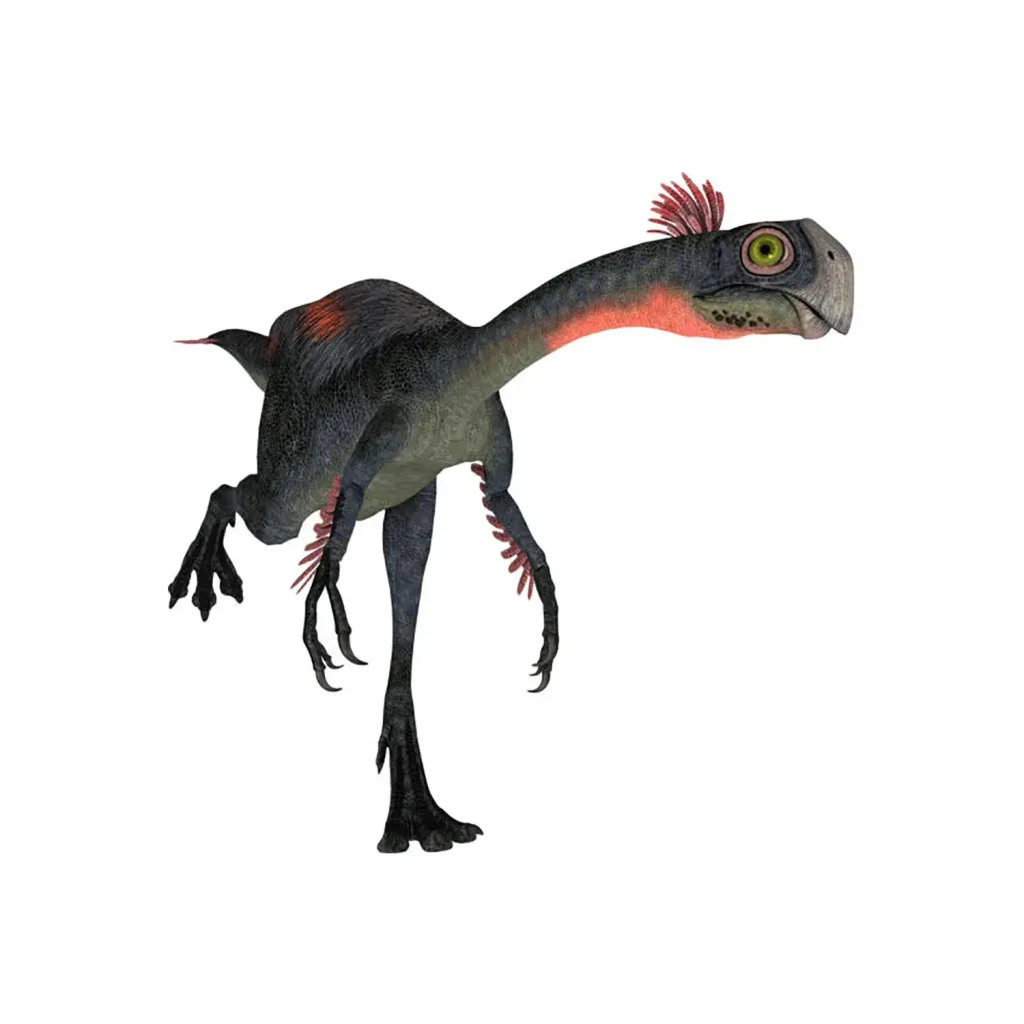
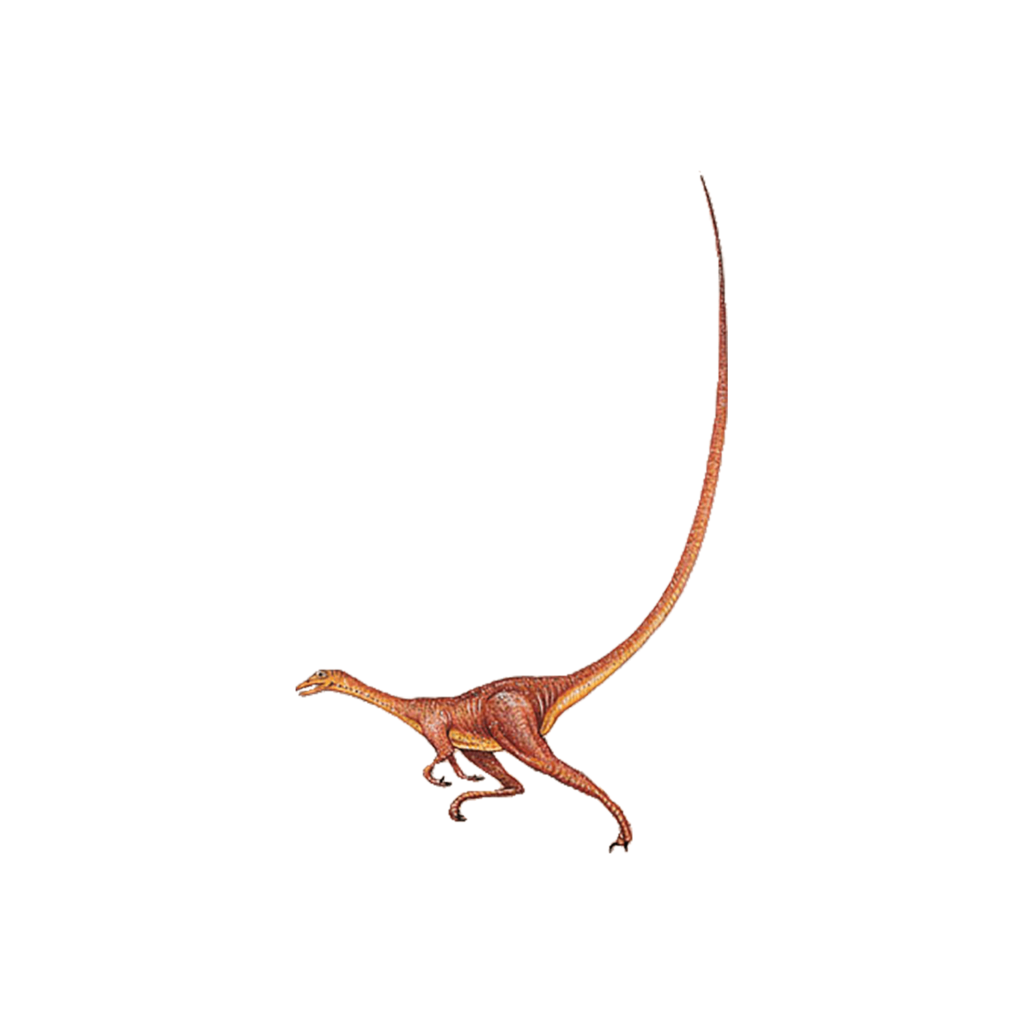
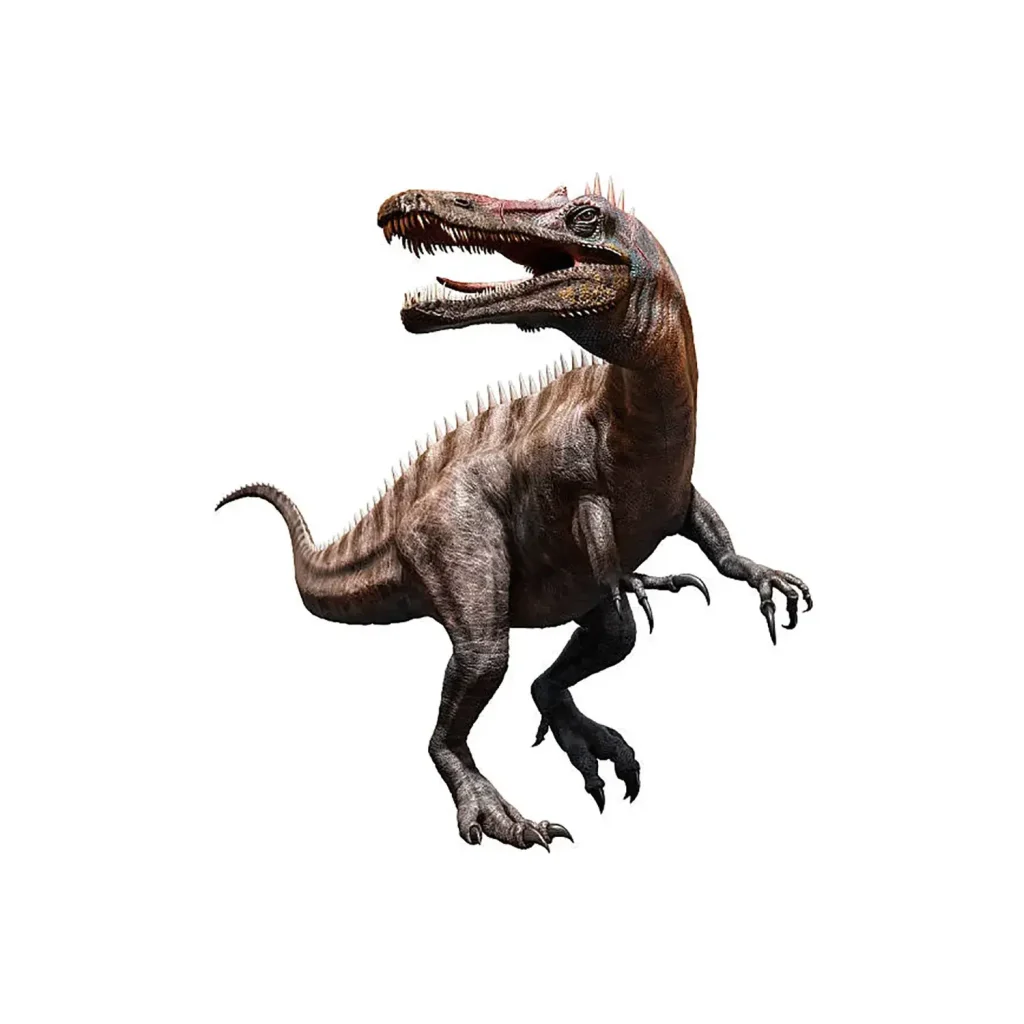













Description
Struthiomimus is an ornithomimid dinosaur that lived on the North American continent during the Late Cretaceous period (approximately 77 to 66 million years ago). Its name means “ostrich mimic.”
This class of dinosaurs is called “Ostrich Dinosaurs” because their running posture resembles that of an ostrich.
It is the most common fossil found within the Ornithomimidae family, suggesting it was a highly successful species in its environment.
Speedy Defense Strategy and Physical Characteristics
Struthiomimus had a small, slender body, about 4.3 meters long and weighing 150 kg, similar to an ostrich.
As a result of its successful lightweight skeletal structure, its top speed is estimated to have reached 60 to 80 kilometers per hour.
Aside from these exceptional legs, this dinosaur possessed no other weapons to fight carnivorous dinosaurs.
Therefore, when it encountered a predator like Tyrannosaurus, it is believed to have adopted a strategy of absolute defense: desperately running away and avoiding physical confrontation.
Its tail bones were fused together, and the tail was used to balance its body while running.
Struthiomimus had large eyes and used its excellent eyesight to monitor its surroundings.
It was one of the dinosaurs that survived until the very end of the Cretaceous period.
Dexterous Hands and Complex Diet
Struthiomimus had a slender head and a toothless, beak-like mouth. Its jaw strength was weak, meaning it could not attack large prey.
Dexterous Hands
Struthiomimus had long forelimbs and long fingers.
It was agile enough to use its long arms like a hook to pull tall grasses and branches toward itself for feeding.
Digestion Method
Since it had no teeth, it is believed to have swallowed nuts and seeds whole, digesting them with gastroliths (stomach stones).
This is one piece of evidence suggesting it consumed tough plant matter.
Diet Debate
While it may have used its sharp eyesight to forage for insects and lizards, its diet was predominantly plant-based.
The current consensus, based on evidence from gastroliths and the functional use of its hands, is that it was an omnivore with a strong herbivorous tendency.
Struthiomimus survived the harsh environment of the Cretaceous period through its agile movements and unique feeding methods.